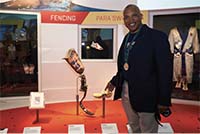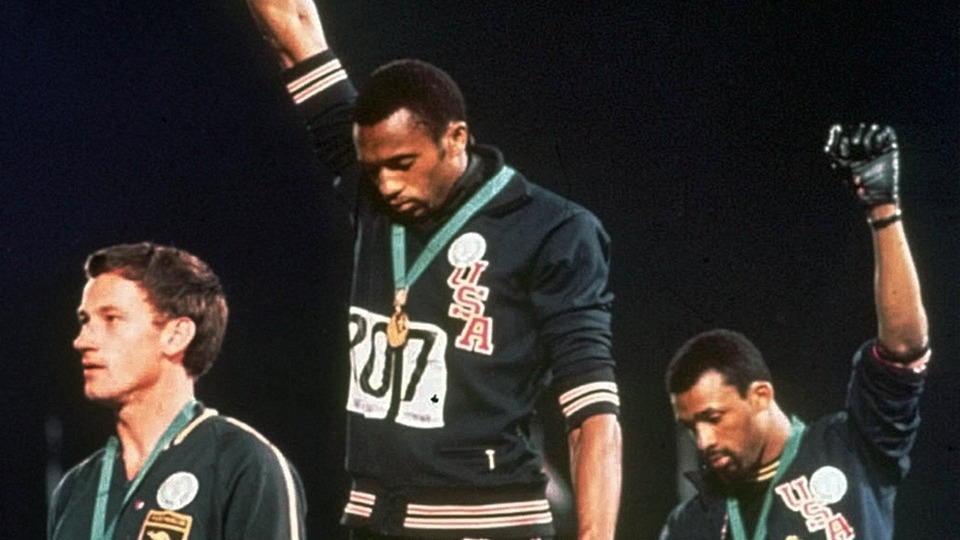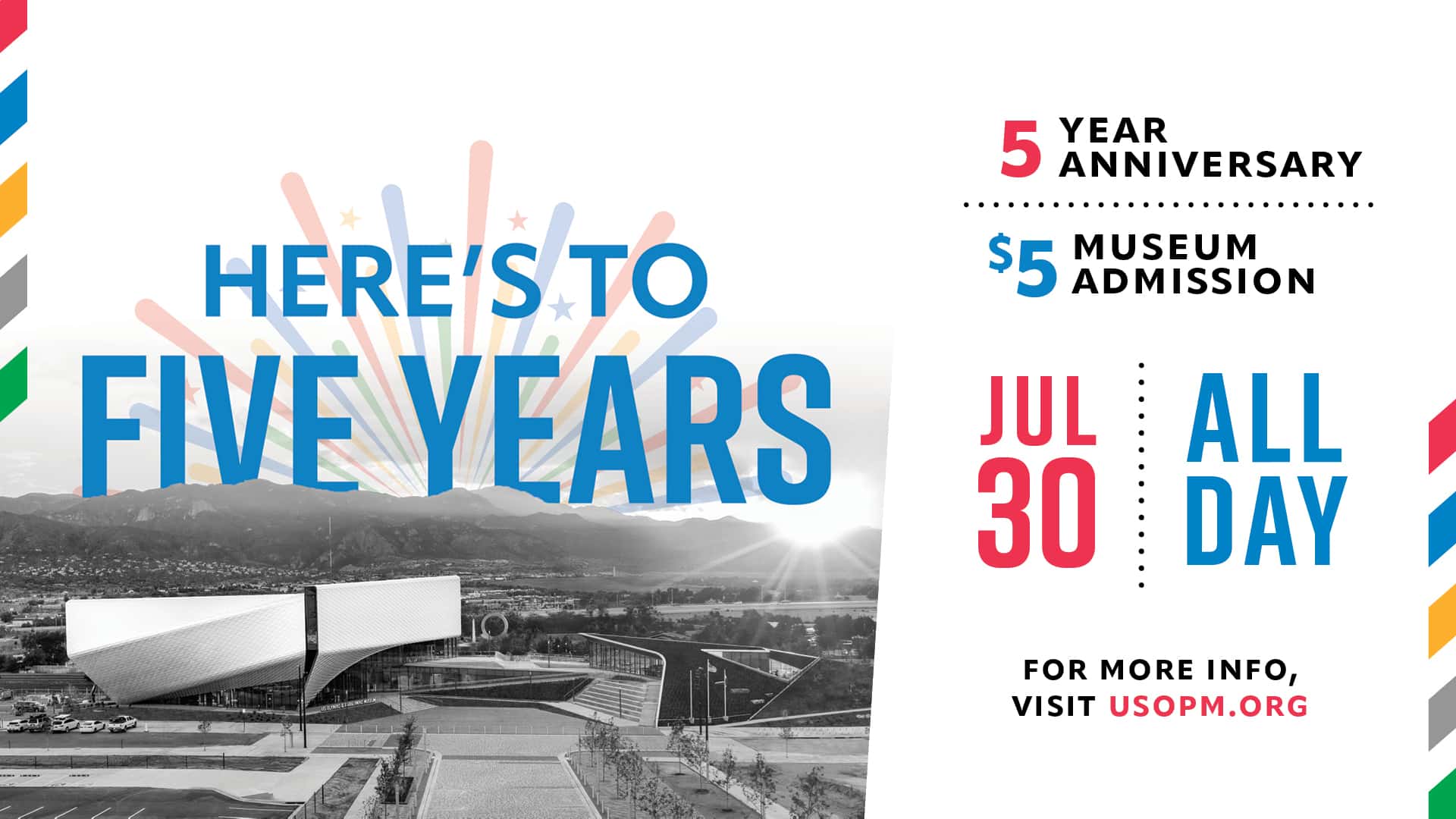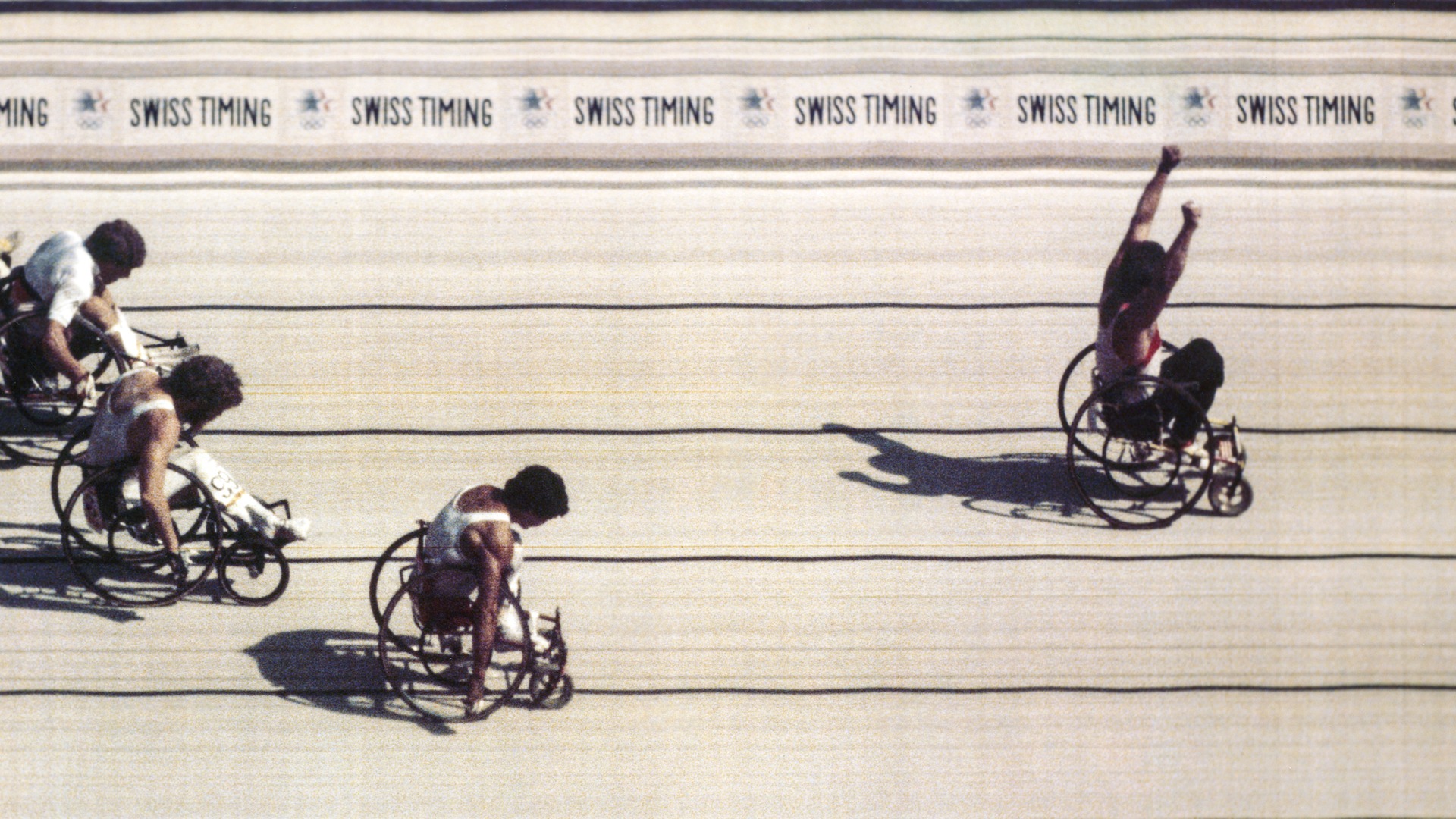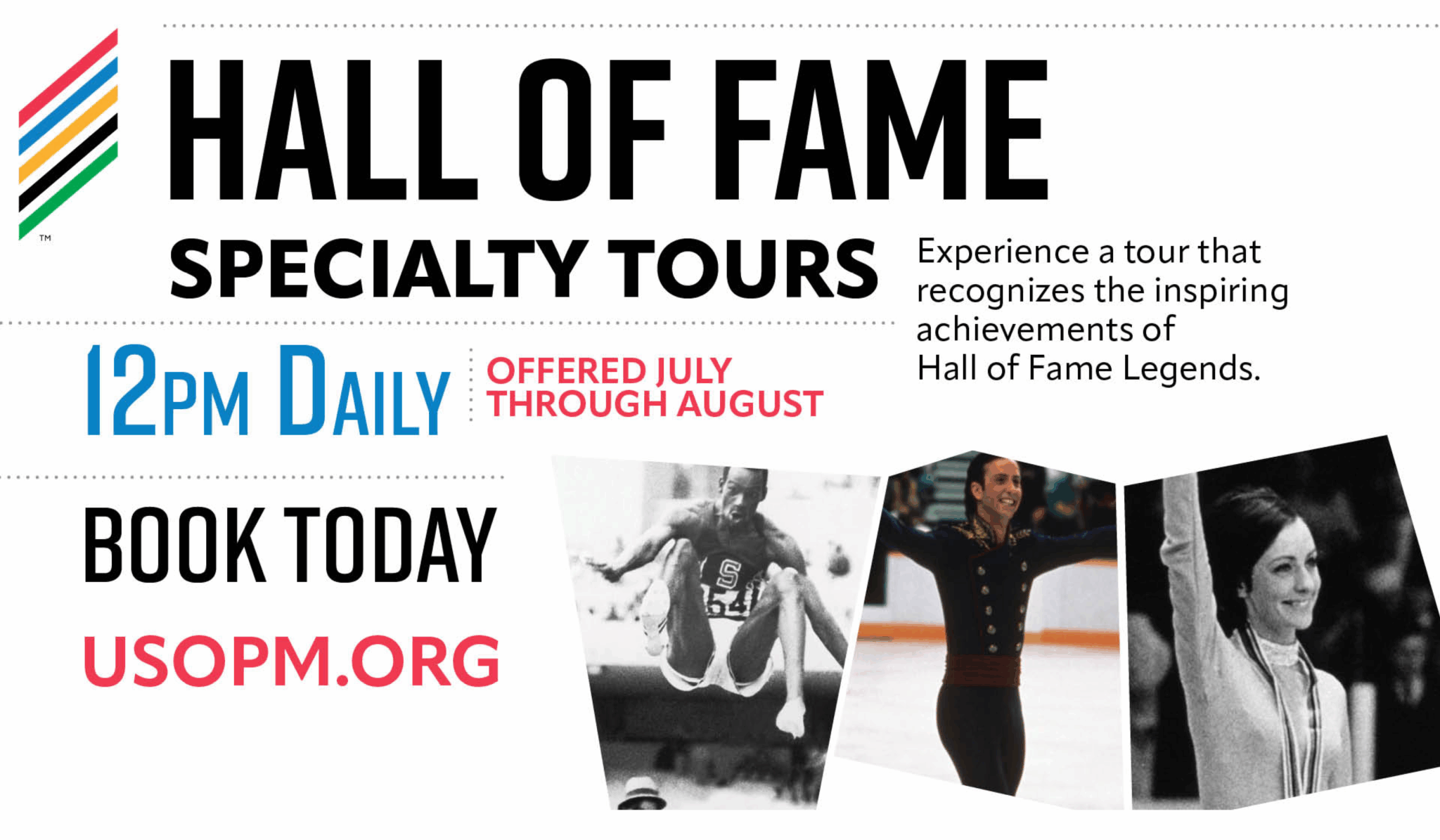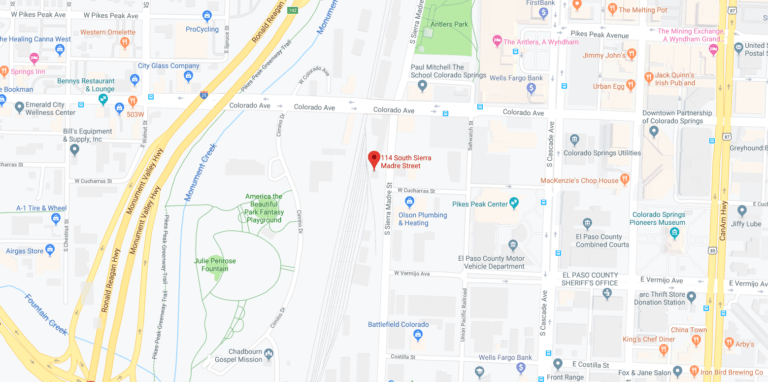Tommie Smith is most remembered for his protest atop the Medal Podium, but his world-record speed is not to be overlooked.
By David Steele
The enduring image of Tommie Smith is of him standing completely still. His right fist is raised in the air, of course, and his head lowered, whether the image is on video with the sound of the “Star-Spangled Banner” playing, or of a photo capturing him and John Carlos. Either way, that silent protest on the Medal Podium at the Mexico City 1968 Olympic Games literally freezes him in time.
It couldn’t be more ironic.
At his most iconic moment, Tommie Smith was one of the fastest men alive and had just shattered the 20-second barrier for the 200-meter dash. Breathtaking, jaw-dropping motion was what carried the 24-year-old Smith to that moment. Plus, as Smith has made sure to point out often since, as much as his courageous stance immortalized him, the moment would not have been possible without making winning an Olympic gold medal.
To get the attention of the world so it could see his message, he had to run faster than everybody else.
“It wasn’t easy to get there,” Smith said, as his 2019 induction into the U.S. Olympic & Paralympic Hall of Fame approached. “Hundreds of races, hundreds of hours of going to class, making sure we had a chance to run those races. When I talk about it, I tell the kids this: I had to run. I had to win. I had to run through a torn muscle (a painful groin injury in the semifinal). If I do not win, this does not happen.
“No victory stand. No silent gesture. Nothing that anybody could make real. My wife (Delois) calls it ‘a divine intercession.’ We had to do it, because we were chosen.”
In a way, it has been lost to history how accomplished and acclaimed Tommie Smith was as an athlete when he stepped onto the Medal Podium stand with Carlos, the bronze medalist and his San Jose State University teammate, joined by silver medalist Peter Norman of Australia. Smith won the gold in the world-record time of 19.83 seconds; Carlos’s third-place time of 20.10 was faster than the previous Olympic mark.
It was collectively the fastest 200-meter race ever, and Smith won it so decisively that he thrust his arms in the air well before the finish (which, he occasionally laments, might have prevented him from lowering that time even further).
And, Smith added, “my time as recorded was (as fast as) what Usain Bolt ran in the Olympics in Rio de Janeiro.” In 2016, Bolt won the gold in 19.78; on that night 48 years earlier, the stadium clock, broadcast on ABC, showed 19.78 as Smith crossed the finish line.
It had been known for more than a year in advance that Smith was involved in the Olympic Project for Human Rights – spearheaded by San Jose State professor Harry Edwards – and was considering making a statement at the Mexico City Games, including a full-scale boycott by Black American athletes. Smith, then, was in the eye of a brewing social-activist storm as he was becoming the face of a U.S. team poised to dominate the Games’ marquee sport. (And dominate they did: the U.S. Track and Field Team won 28 medals, including 15 golds.)
Smith was world-class at every sprint distance, at one point improbably holding 11 world records simultaneously. He could have run in everything in Mexico City from the 100 meters to the 400 and both relays and medaled in any of them. He had run a 10.10-second 100 meters in 1966, when the world record was 10 seconds flat. In 1967, he broke the 400-meter record with a 44.5-second time – against Lee Evans, another San Jose State teammate and the eventual Mexico City gold medalist in the 400.
Years earlier, when he had just begun to understand his gift, Smith had been told by his father that it was all right for him to run track in elementary school. But, James Richard Smith added, Tommie had better win, because if he didn’t, he would be sure to be back in the fields with him, his mother and his 11 brothers and sisters working the land he sharecropped for their white bosses in the central California town of Lemoore.
The young Smith heeded his father’s words and eventually realized that his speed would earn him a college scholarship and, he figured, a permanent exit from the fields. Speed and education went hand-in-hand from then on, and as he stayed with his studies and grew faster and more recognized, his grasp of the injustices he and his fellow Black citizens at San Jose State and elsewhere grew as well.
Smith’s speed was giving him an ever-growing platform, and the world stage in the fall of 1968 became inevitable. Of all the jewels legendary San Jose State Coach Bud Winter had produced over the years, Smith was the brightest gem; Winter featured Smith and his technique in teaching books and videos devoured by coaches, athletes and aficionados. The brilliant run in Mexico City – memorably slingshotting off the curve to take the lead from Carlos down the stretch – was the crowning achievement.
That race, along with his well-decorated career, was overlooked fairly regularly. Including, Smith noted, by the very Hall of Fame inducting him 51 years after Mexico City.
The shunning and vilification after the Medal Podium protest came from far and wide, including by the city of San Jose and their school when he and Carlos returned to campus. Even as the two were regarded as heroes by many then and now for their stance on behalf of oppressed people in their own country and around the world, the denunciation at the time by the United States Olympic Committee left scars that only grew thicker over the years.
Contrary to popular belief, Smith does still have his medal: The urban mythology holds that Olympic officials stripped his and Carlos’s medals, but both their marks have always been recognized. However, they were expelled from the team and from the Olympic Village and sent back to the United States two days after the medal ceremony. The USOC also sent the legendary Jesse Owens to talk the remaining U.S. contingent out of considering any further protests, and the notorious meeting grew so contentious that both sides were left in tears.
Smith earned his sociology degree from San Jose State the following spring (often taking night classes for his own safety), but he never competed for the U.S. again. Except for a brief dip into pro football, his athletic career ended in his prime and at its peak, at age 24.
Smith was inducted into the USA Track and Field Hall of Fame in 1978, just a decade after Mexico City. Since then, the number of honors he and Carlos have received is almost too great to count. One deserving of mention: the Smithsonian National Museum of African-American History and Culture, which opened in Washington, D.C. in 2016, devoted an exhibit to them. San Jose State made amends in 2005 when a statue of Smith and Carlos receiving their medals was erected on campus. In addition, Smith strived to mend fences with Owens, but was not able to speak directly with him before the 1936 four-time gold-medalist died in 1980.
Even as Smith evolved over the years into an ambassador for the American and international Olympic Movement – participating in torch relays and visiting the White House with other Olympic greats, among other outreach efforts to rebuild relationships – the Hall of Fame honor eluded him. Several members of the 1968 Olympic Team, including at least four of Smith’s track teammates, had preceded him into the hall since its inception in 1983.
It was an honor, he said, that isn’t necessarily one a 75-year-old retired coach, educator and administrator should be receiving, even one as nationally and globally renowned as he is.
The way he’d rather see his induction, he said, is “as the 24-year-old student who put in a yeoman effort to win those races, earn those medals, make it to the victory stand, who was fighting the system, fighting for equality, to give back what God has given me. Thank you, from that kid.
“I don’t want to be acclaimed for this by the committee,’’ he continued, speaking of his raised-fist protest. “That’s all (people) talk about – not the first man under 20 seconds, the 11 world records simultaneously, the things I did on the track. No one had done those before. I think that, by itself, deserved immediate recognition. They really did a disservice to athleticism, and to that young man.’’
To borrow a phrase from Muhammad Ali – another U.S. Olympic & Paralympic Hall of Famer who sacrificed his career for a greater good – Tommie Smith shook up the world half a century ago, and he did it while standing motionless.
However, the Tommie Smith from half a century ago who ran faster than anyone on the planet, and did it when the lights were brightest and the pressure greatest, does not want to be forgotten.
David Steele, a longtime sportswriter, co-authored the book Silent Gesture with Tommie Smith.



